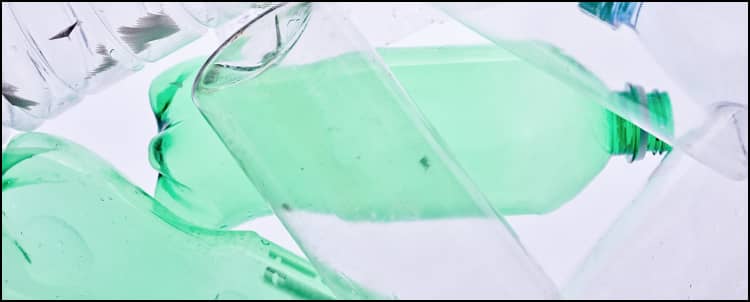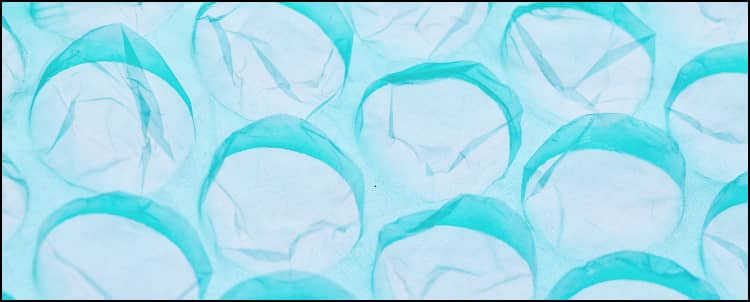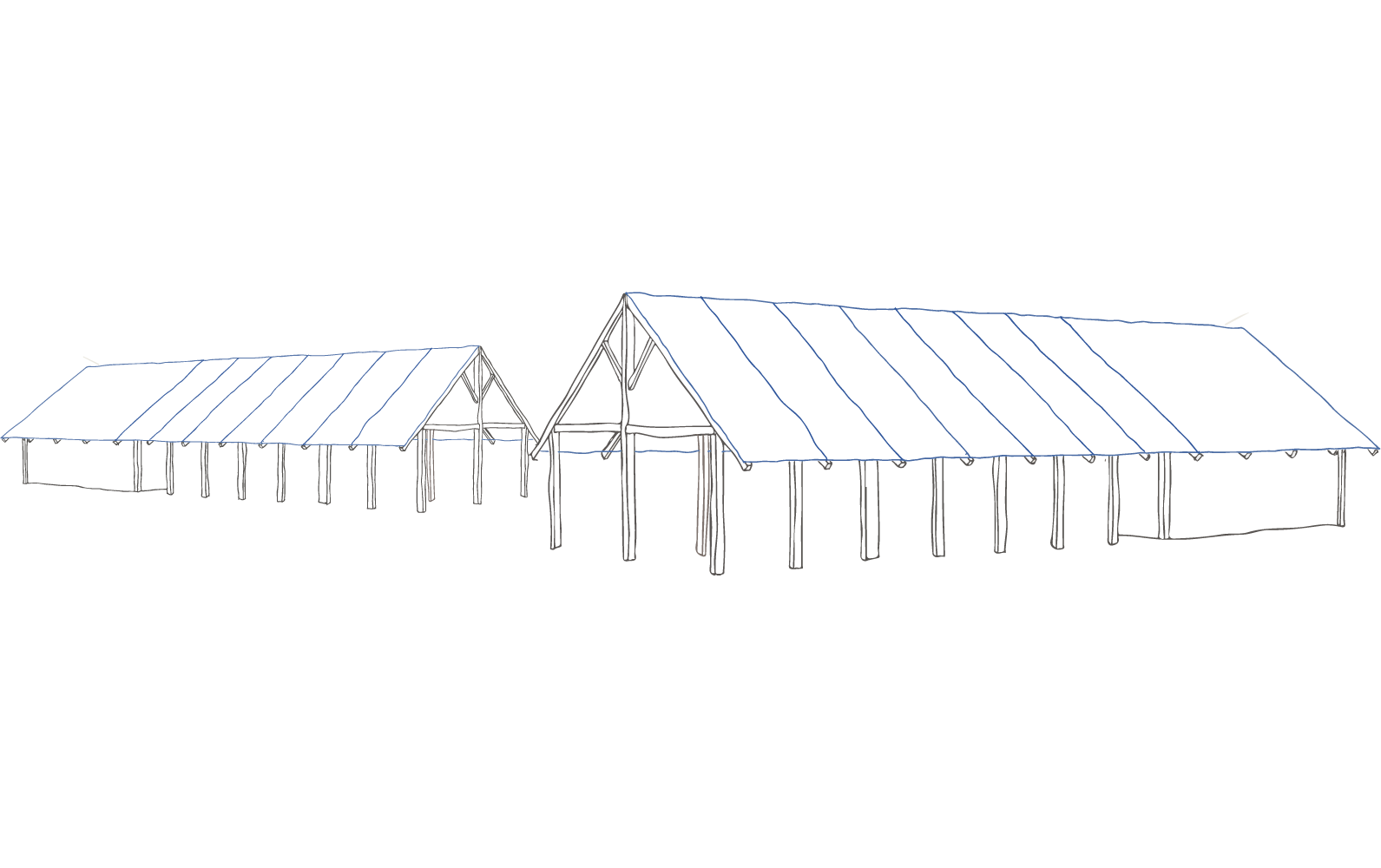
Build more simply, and more sustainably. So that more can live simply and sustainably.
Individuals who want to build. Professionals who want to do good. Organisations and governments who need some help building better.
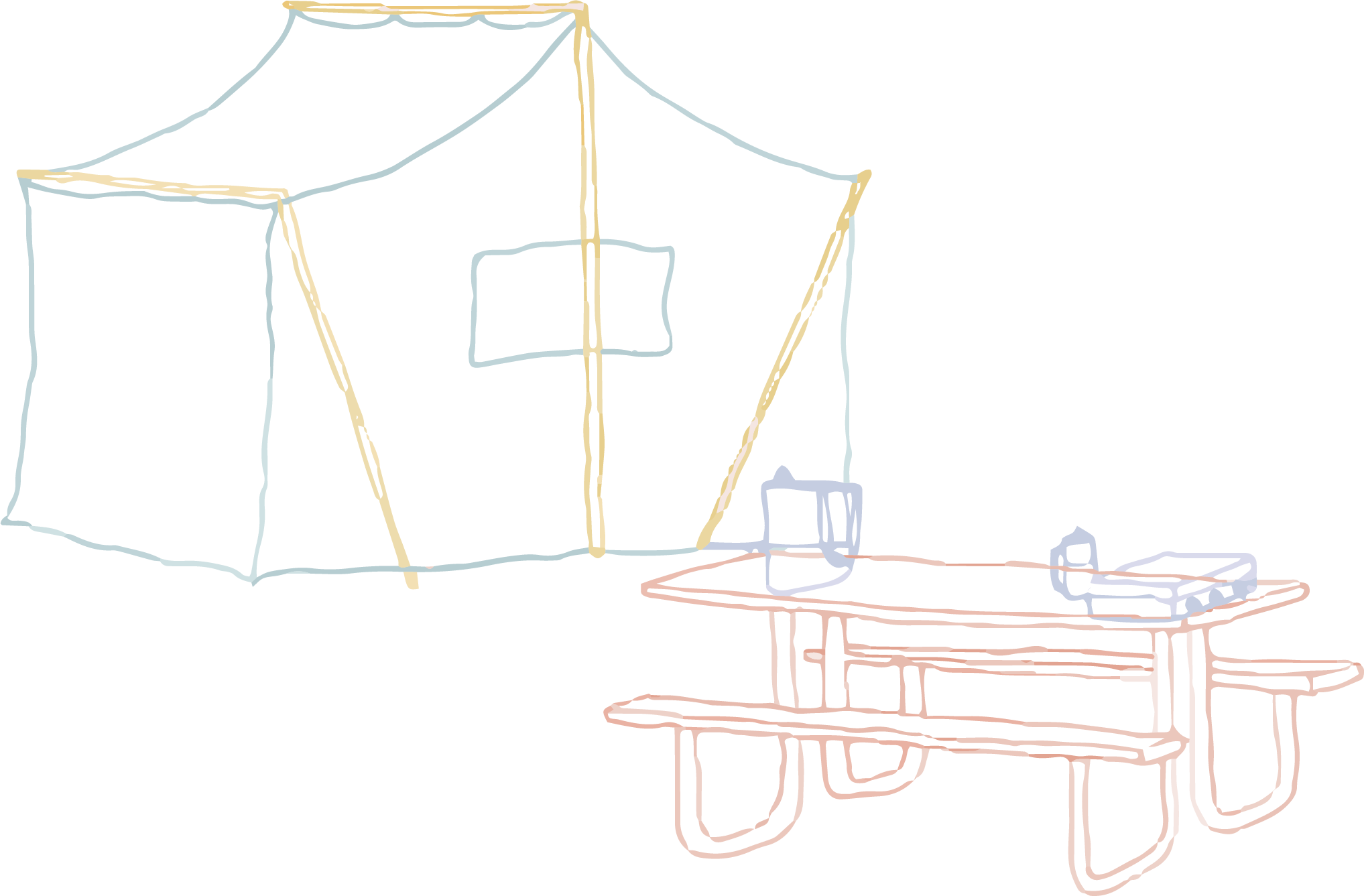
Better sources should be crowd sourced.
Our planet needs answers. Here we'll compile them here with your help.
Meet our criteria
Measurably biodegradable
In the world of sustainability, biodegradable is a tricky term. We do our best to check sources to make sure biodegradable means within 3 years or less in normal landfill conditions.
Compostable & home compostable
Composting is a faster process, but only under the right conditions¹. Some things that say compostable need an industrial compost to break down, otherwise they may stick around for hundreds of years and become microplastics in the ocean. Because of that, we only list industrially compostable products that are also biodegradable.
Renewed and recyclable
This mean post-consumer waste or waste from another source that gets upcycled into something new, and can then be recycled. If it’s just renewable but the loop ends there: it doesn’t make the list.
Regenerative
While we don’t recommend companies to encourage all of their customers to dissolve products or packaging themselves because of drought climates, regenerative usually means it degrades. We check that.
Meet our criteria
Bio-based only
Most bioplastics need high temperature composting facilities to break down. As a result they often end up in landfills where, deprived of oxygen, they may release methane: a greenhouse gas 23x more potent than carbon dioxide.²
Recyclable only
The U.S. recycling rate is only 32% according to the 2020 State of Curbside Recycling Report.³ Things that are recyclable doesn’t mean they get recycled. Globally, only 9% of plastic gets recycled⁴. Recycling isn’t the answer.
Renewed only
Upcycling is only a solution if what it yields is permanent and non-disposable. For things that get made and replaced, the loop should not end. If it’s made of waste and stops there, it’s better but not good enough.
Harmful alternatives
We do our best to research a product’s resources, lifecycle, manufacturing impact and make sure that alternative materials are not just alternative: but better. This isn’t easy work and we’re always auditing and improving.
In our listings you’ll find tags that say things like “Claims closed loop” or “Claims renewable energy”. We list these as claims because we cannot confirm these parts of the manufacturing process without site visits or certifications.
- Zero waste
- Low emissions
- Renewable energy
- Ethically produced
- Carbon neutrality
- Low water usage
- Closed loop
- Renewable natural energy

The beliefs we're built on

Iteration and transparency means admitting we don't have all the answers. But that openness we believe, will bring those answers to us, through trial and error.

All the resources are on Are.na. We'll share our knowledge and you help us get better at meeting our goals.

This platform is a cooperative. If you see a place for yourself to do some good on here, get in touch and we'll share the work!
Always working our way to better

Open source and open plans
We put our best foot foward to share these sources but we have more ideas. We’ve laid our plans out and are open source on Github, so you can explore anytime or even volunteer with us to help build new features.
See our plans
Reducing our impact
Websites can be Enough, too. From using dithered images, to being careful about when we’re calling and fetching data: see how we’re tracking and measuring our own footprint.
Read all about it
Q: How do we slow down the problem?
A: Together.
Sustainability: now a priority. While we keep wasting: things compound, damage gets greater –– and our environment and selves are hurt in the process. Commerce needs a considerable cleanup: take action.
Environmentally Complimentary
Reach out and reimagine your footprint with us. We’re looking for partners to track and tell the story of reducing at scale. We’d love to hear from you: info@enough-structures.net
Get resourceful about your sources
Browse our Listings
